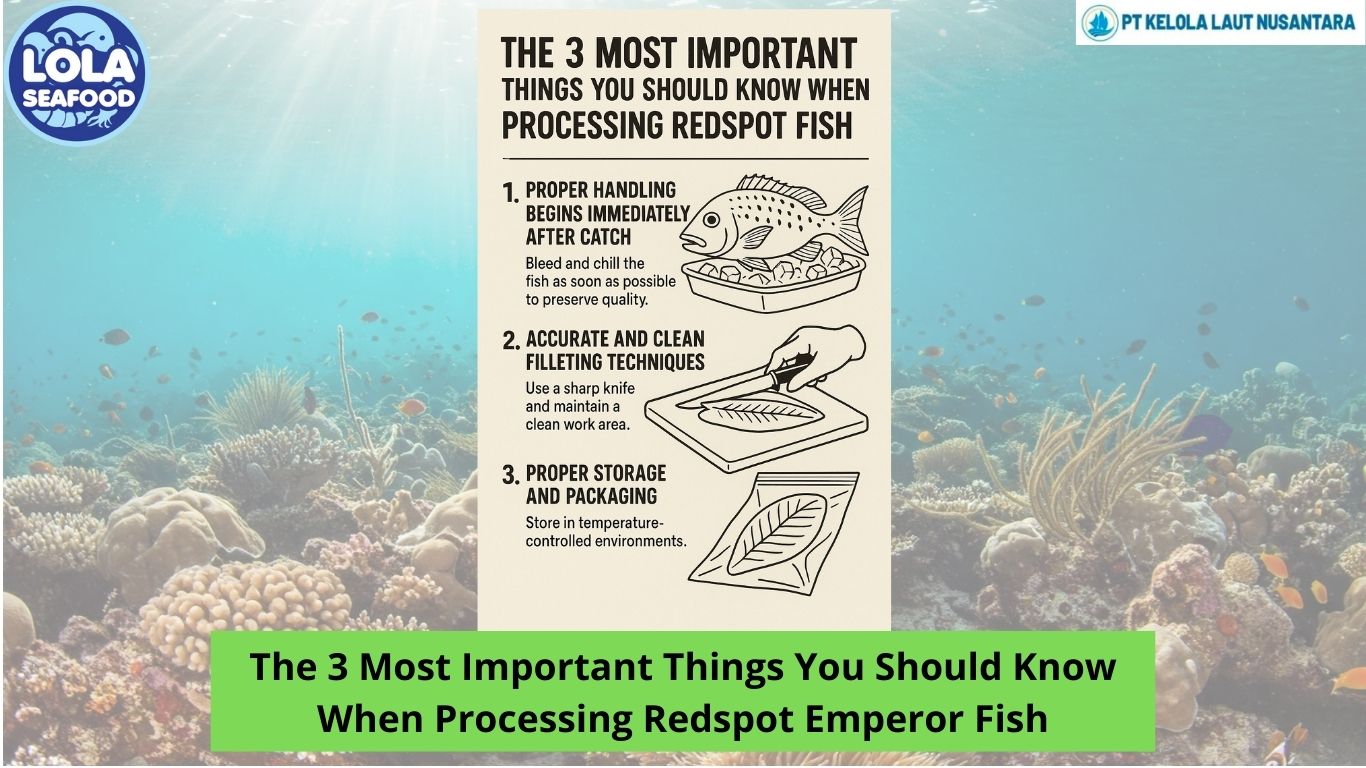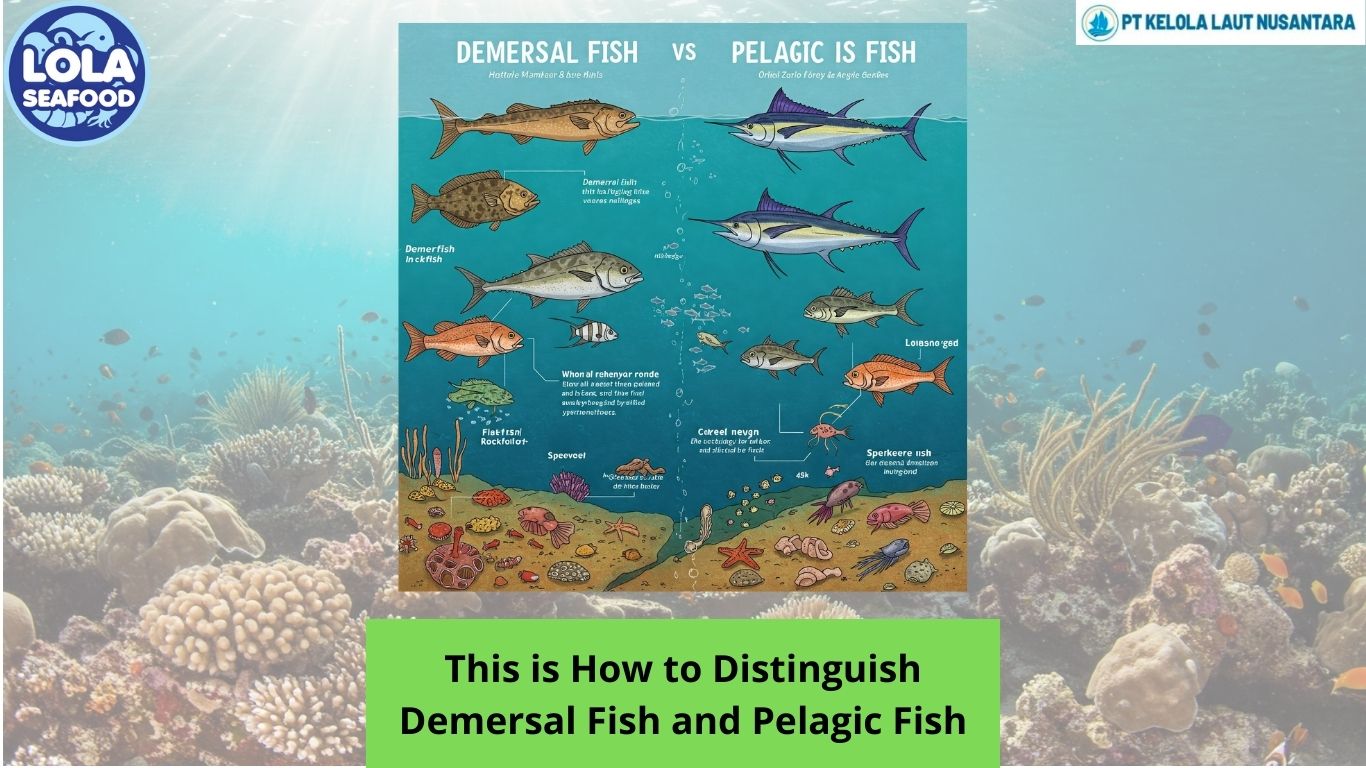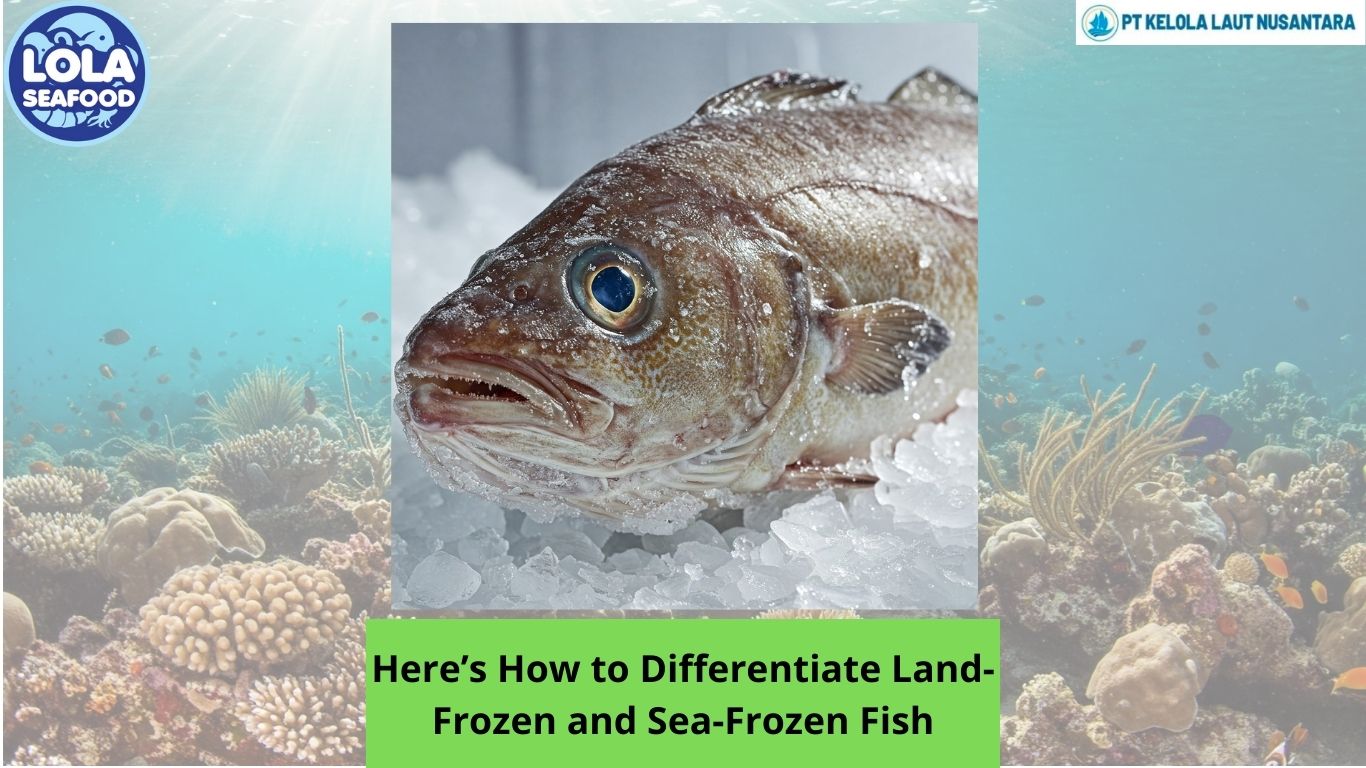Bothus pantherinus (leopard flounder)
By. Najih - 05 Aug 2024.jpg)
Bothus pantherinus (leopard flounder) has a brownish to greyish left-eyed flounder with dark spots and dark-edged pale spots and florets on the eyed-side, and a large dark blotch on the straight section of the lateral line towards the rear of the body. Males have elongated pectoral fins used in territorial and courtship displays.
Brown to grey with dark-edged pale spots and florets, large diffuse black blotch on the mid-rear body, eyes are about 1 eye length apart and the lower eye nearly allgns with the upper eye. Males have elongated pectoral fin rays.
Leopard flounders use colour to camouflage themselves. Bothus pantherinus takes on dull, spotted colouring to blend in with the rocky seafloor. It waits for its prey to swim by. Other times the flounder turns an almost see-through colour to avoid predators when swimming near the surface.
The Leopard Flounder has a pattern resembling small flowers. The species occurs near coral reefs in of the Indo-West and Central Pacific.
The Leopard Flounder is brown with a pattern resembling small flowers made up of dark spots surrounded by pale spots. There are also numerous orange spots and usually a singe dark blotch on the straight portion of the lateral line.
Habitat: Indo-Pacific: throughout the Indian Ocean, including the Red Sea and the Persian Gulf to Hawaiian, Marquesan, and Society islands, north to southern Japan, south to Lord Howe Island. Record from the eastern Mediterranean incorrect. Inhabits sandy or silty sand, and muddy bottoms of inner reef flats and seaward reefs; juveniles frequently found in tide pools. It lives in a depth range of 3-250 meters.
The leopard flounder is a highly compressed fish up to 39 centimeters (15 in) long, one of the left-eye flounders, meaning that the right eye has migrated to the left side of the body. The eyed side shows dark spots, blotches and rings. One broader dark blotch is located on middle of the straight section of the lateral line. The male has an elongate pectoral fin which signals in courtship or territorial displays and when alarmed.

.jpg)
.jpg)
.jpg)




